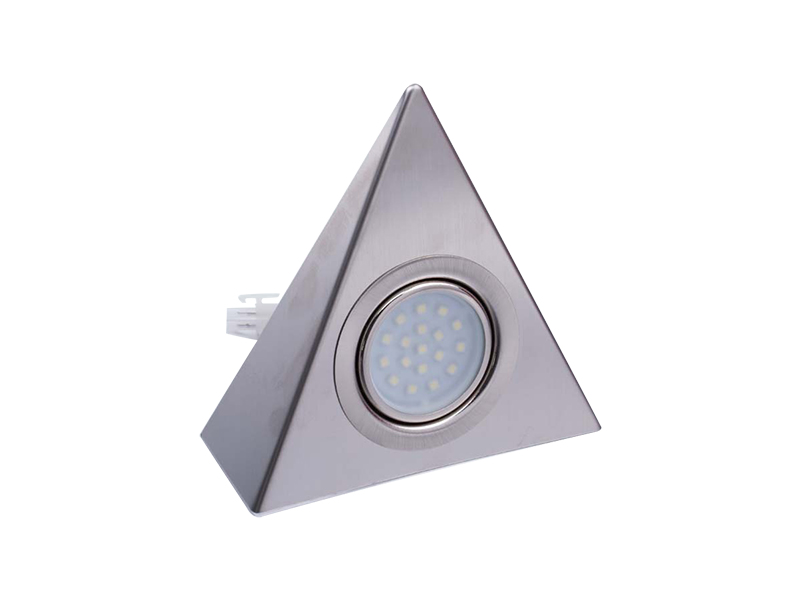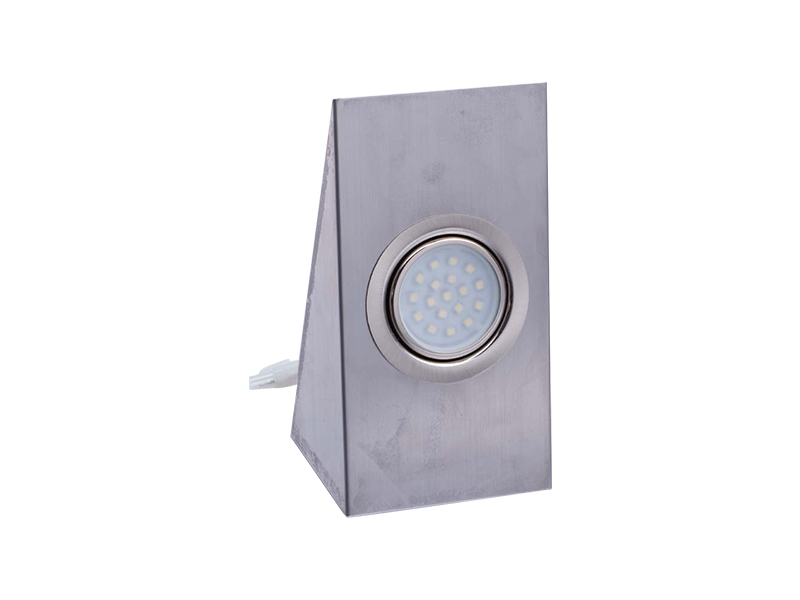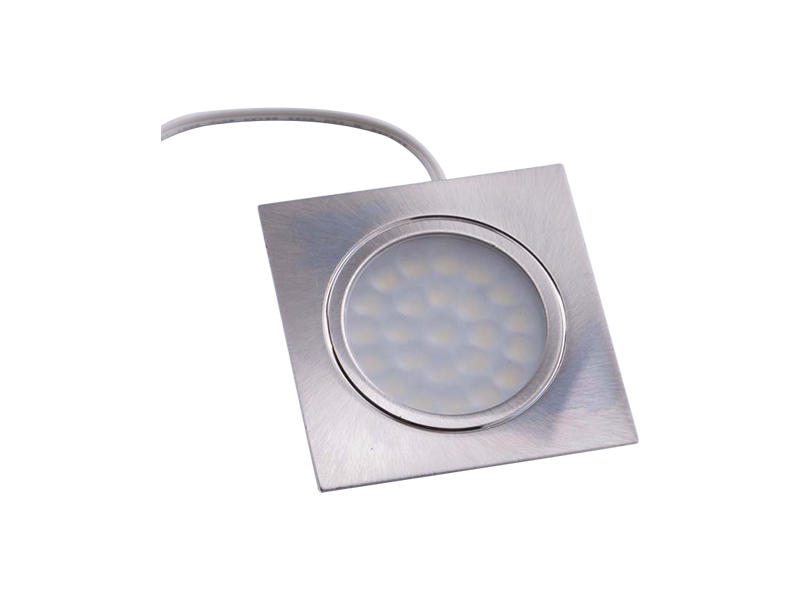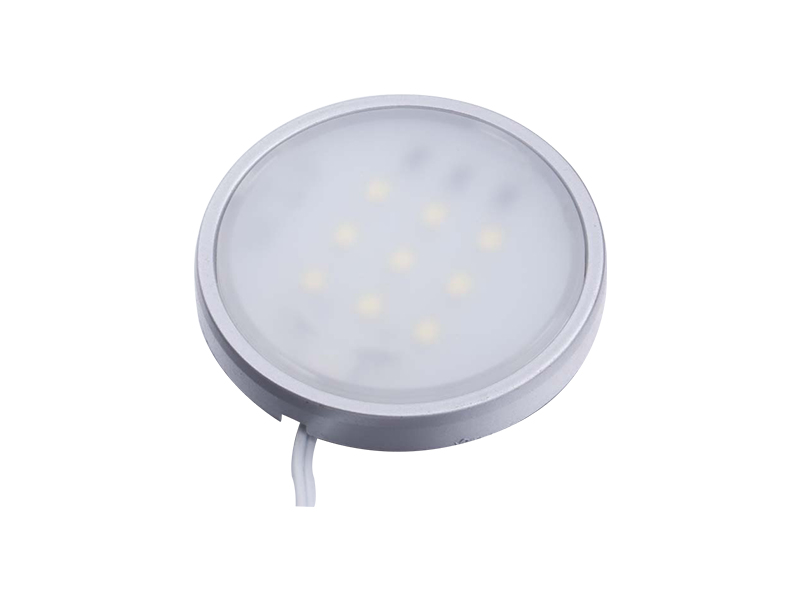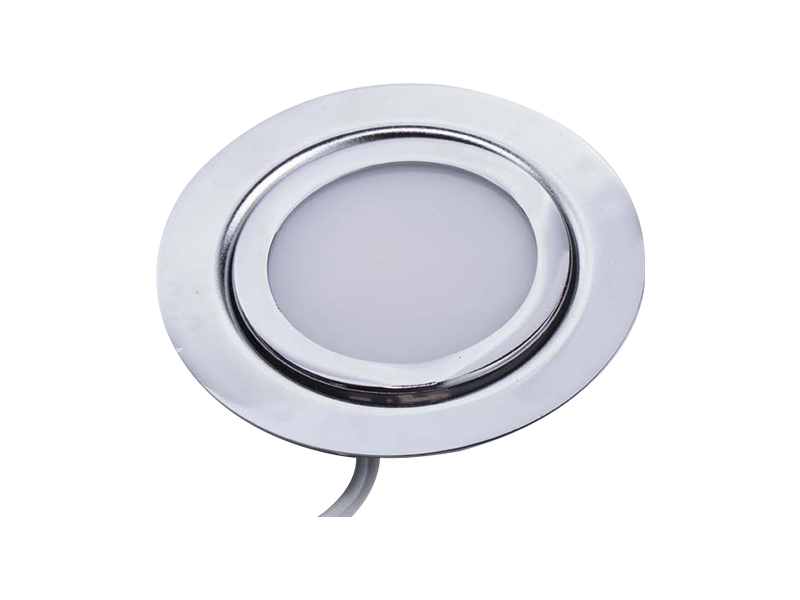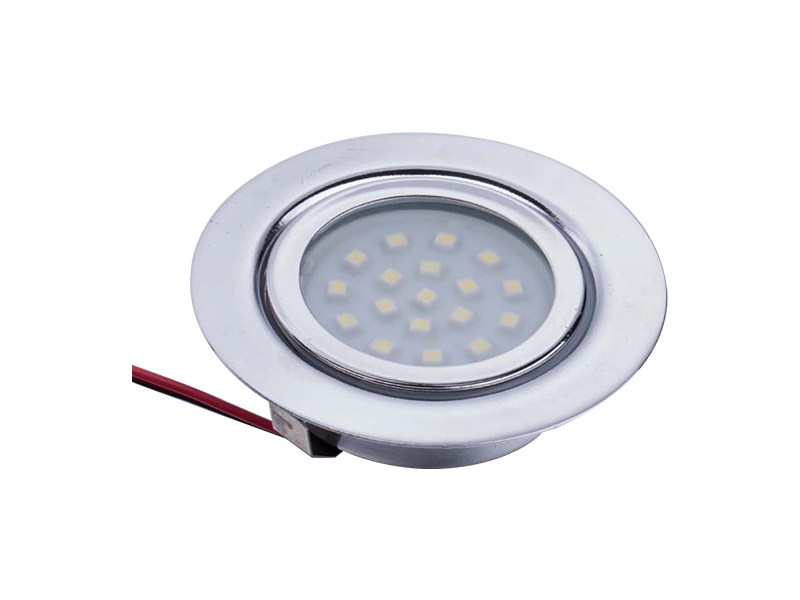-

E-mail:[email protected]
-

Telphone:+86-574-88073028
-

FAX:+86-574-88073029
QR code on
mobile phone
Welcome to Eastkey!
Welcome to Dongke!
The basic role of the shell and its correlation with life
The shell of the LED cabinet light plays a supporting, protective and fixing role in the structure, and it plays a role in encapsulating and isolating the internal LED light source, circuit board, wire and other components. The shell also undertakes the functions of heat dissipation, light distribution adjustment, and preventing external dust or moisture from intruding. When the shell material ages, deforms or cracks, it will not only affect the appearance of the lamp, but also cause heat accumulation, damp components and even electrical short circuits, directly shortening the service life of the lamp. Therefore, the stability, heat resistance, corrosion resistance and other indicators of the shell material are closely related to the long-term use safety and life of the LED cabinet light.
Heat dissipation advantages of aluminum alloy shell
Aluminum alloy is a common material in the shell of LED lamps, with good thermal conductivity. The aluminum shell can quickly conduct the heat generated by the LED chip and the drive circuit, thereby avoiding excessive temperature rise and causing light decay or circuit failure. The aluminum alloy material itself also has a certain structural strength and corrosion resistance, which is suitable for environments with high humidity and large temperature differences such as kitchens. Although the cost is relatively high, it can maintain good stability and strength during long-term use, thereby extending the service life of the entire lamp.
The economic benefits and limitations of ABS plastic shell
ABS plastic is widely used in low-end and mid-range LED cabinet light products because of its good processing and molding properties, strong color adjustability and relatively low cost. This type of material is stable in a dry environment, but may have problems such as thermal deformation, aging and yellowing in high temperature, humidity or confined space. If the ABS material is not added with flame retardants or surface treated, it is easy to crack after long-term use, which will affect the sealing performance of the lamp body and may cause internal components to become damp or fail. Therefore, when using ABS plastic shells, attention should be paid to its applicable environment to avoid long-term exposure to high heat or high humidity environments.
Light transmittance and impact resistance of PC materials
Polycarbonate (PC) is an engineering plastic with good light transmittance and high impact resistance. It is often used as a diffuser or shell part of LED lamps. The high light transmittance of PC materials helps to achieve soft and uniform lighting effects. Its mechanical strength and dimensional stability are also excellent, and it can maintain the same structure within a certain temperature range. However, PC materials are sensitive to ultraviolet rays. If they are not treated with UV protection, they may age faster in direct sunlight or in strong ultraviolet light. When applied to cabinet lights, it is generally used in indoor environments that are not directly heated and have weak light.
The trade-off between decorative and physical properties of acrylic materials
The application of acrylic (PMMA) materials in LED cabinet lights is mostly seen in the diffuser or panel part. It has good light transmittance, high optical uniformity, and good appearance texture, which is suitable for scenes with high decorative requirements. Compared with PC, acrylic is slightly weaker in impact resistance and is prone to scratches or cracks. At the same time, its thermal deformation temperature is also lower than that of aluminum alloy and PC materials, and there is a risk of deformation when working in a high temperature environment for a long time. Therefore, when using acrylic as the shell material, it is necessary to reasonably control the heating of the LED chip to ensure that its operating temperature does not exceed the temperature resistance range of the material to ensure the service life.
The optimization effect of composite material design on life
In some LED cabinet light designs, metal and plastic or glass composite structures are used, such as aluminum alloy back shell with PC diffuser, metal base with ABS decorative cover and other combinations. This structure can not only take into account heat dissipation and aesthetics, but also help reduce the weight and manufacturing cost of the entire lamp. In the composite structure, the metal part is mostly responsible for heat dissipation and support, while the plastic part is mainly responsible for shaping, heat insulation or light guidance. Reasonable application of composite materials can take into account functionality and durability, which helps to extend the stability of LED cabinet lights in daily use.
How material aging affects life
Different shell materials age differently in long-term use. Metal materials usually show problems such as surface oxidation, discoloration, and structural fatigue, while plastic materials are prone to yellowing, cracking, and deformation. Aging will reduce the physical protection ability of the shell and will also affect the heat dissipation efficiency and light output of the lamp. When the sealing performance of the shell decreases, dust and water vapor may also enter the lamp body, thereby accelerating the loss of LED chips or drive circuits. Therefore, choosing a shell material with strong anti-aging performance is one of the effective ways to increase the service life of LED cabinet lights.
Challenges of the actual use environment to material performance
The cabinet environment is usually characterized by high humidity, high smoke, and high frequency of use. Some cabinets are also affected by temperature differences or mechanical shocks. These environmental conditions place high demands on the sealing, corrosion resistance, and temperature resistance of the lamp shell. For example, steam and oil smoke in the kitchen may adhere to the surface of the shell, affecting heat dissipation; the vibration caused by frequent opening and closing of the cabinet door may also accelerate the wear of the joints. Therefore, choosing a shell material with strong adaptability and ensuring a reasonable structural design are crucial to extending the service life of LED cabinet lights.
The impact of shell design and material matching on maintenance convenience
The maintainability of LED cabinet lights is also affected by the shell structure and material to a certain extent. For example, the aluminum alloy shell with a detachable design is convenient for later replacement of light sources or circuit modules, while some one-time injection-molded plastic shells are not easy to repair and can only be replaced as a whole after damage. The shell design with high maintainability is not only conducive to extending the service life, but also reduces the maintenance cost in daily use and improves the actual economy.
top
E-mail:[email protected]
Telphone:+86-574-88073028
FAX:+86-574-88073029
Copyright © Ningbo Eastkey Illuminate Appliance Co.,Ltd.
